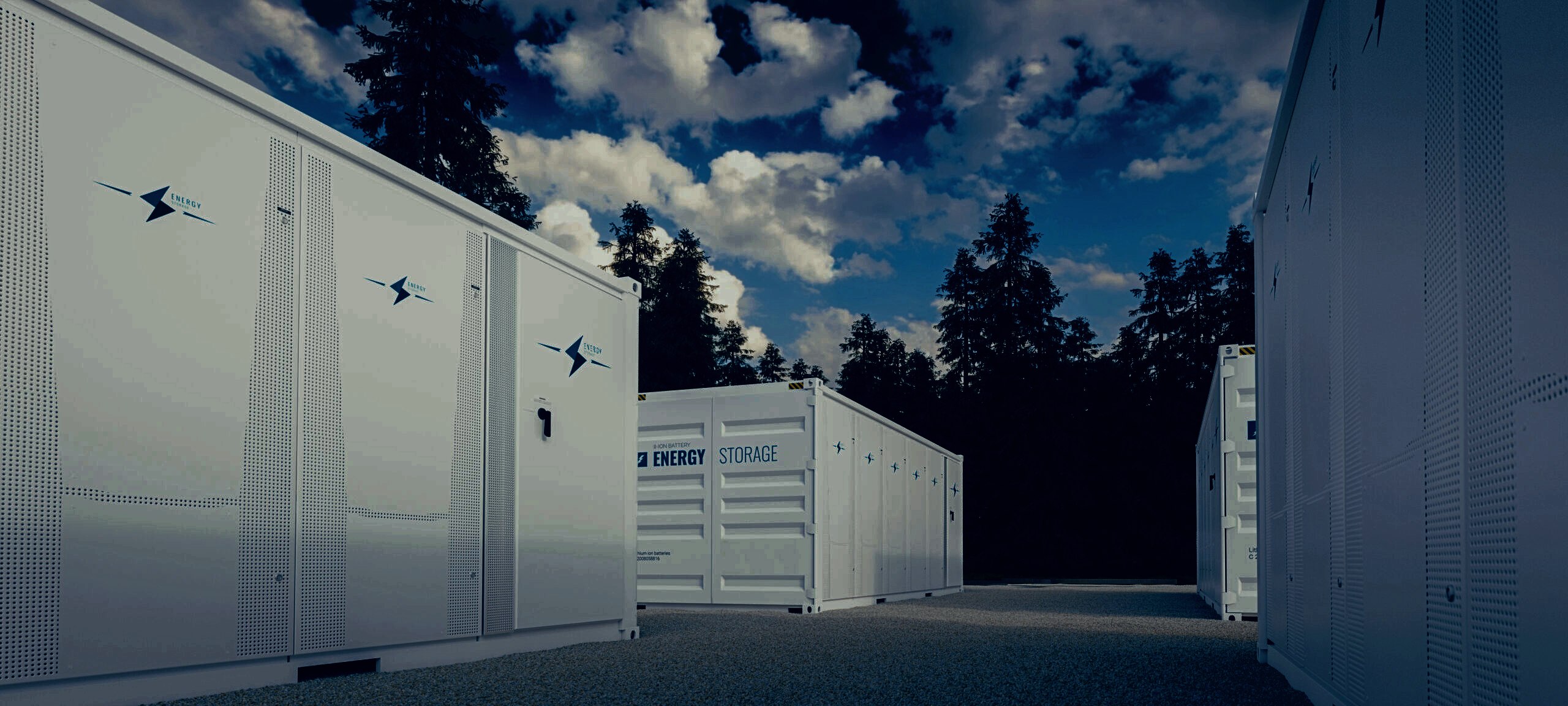Resources


About the Project
Wolf Creek Energy Storage is a 199MWac Battery Energy Storage System (BESS) project being developed and planned in Leavenworth County. Wolf Creek Energy Storage is a resilient, clean and cost-effective solution to an increasing demand for reliable domestic energy. Wolf Creek Energy Storage has the potential to deliver significant investment in Leavenworth County and provide long-term benefits, including new local jobs, increased tax revenue to support essential services, community benefits, and enhanced energy reliability, creating a lasting positive impact for future generations.
Resources
Frequently Asked Questions
The location of the proposed Wolf Creek Energy Storage was thoughtfully selected to minimize visual impacts. Any neighboring properties will be visually shielded from the project by a combination of setbacks, visual barriers, natural features and native vegetation to maintain existing viewsheds. As part of the design process, the Project is completing a series of visual simulations to further inform the site layout and visual mitigation plans.
Battery projects like the proposed Wolf Creek Energy Storage do not increase sound levels on neighboring properties. To ensure this result, sophisticated acoustics modeling is being used to inform the site layout. Some temporary construction noise is expected but will only occur during daytime hours and will follow local noise rules.
Battery projects like the proposed Wolf Creek Energy Storage do not cause light pollution or otherwise impact dark skies. A limited amount of security lighting near the substation will be shielded, directed downward and only used during a very limited amount of maintenance activities.
Battery projects like the proposed Wolf Creek Energy Storage will decrease the burden of annual energy price increases on local families and businesses, create and support local jobs, generate new tax revenue for schools and essential services, and support local nonprofits through a community giving program. Below is an estimated summary of what responsible projects like Wolf Creek Energy Storage can offer:
· $2.3 million in annual energy production costs savings
· Minimum of $18 million in new tax revenue
· Support 40 local jobs and $4 million in local earnings
· Provide $30,000 in annual scholarships, preparing students for the jobs of tomorrow
Wolf Creek Energy Storage is an investment that lasts for generations to come. To learn more about project benefits, visit the Benefits page.
The buyer of the power stored from the Project has not been confirmed. However, the location where the power will enter the grid has been confirmed. The project is interconnecting into a substation owned by the regional utility company. The project location was chosen to ensure it benefits local families and businesses - regardless of the actual power trade on the market.
Decommissioning will be initiated if the entire Project has not operated for a period of up to three years, or when the Project has surpassed its useful lifespan. To ensure this commitment, the Project will obtain, for the benefit of Leavenworth County, a bond from a creditworthy entity in an amount equal to one hundred percent (100%) of the estimated net costs to comply with applicable decommissioning and restoration requirements.
The buyer of the power stored from the Project has not been confirmed. The project location was chosen to ensure it benefits local families and businesses - regardless of the actual power trade on the market.
Decommissioning will be initiated if the entire Project has not operated for a period of up to three years, or when the Project has surpassed its useful lifespan. To ensure this commitment, the Project will obtain, for the benefit of Wyandotte County, a bond from a creditworthy entity in an amount equal to one hundred percent (100%) of the estimated net costs to comply with applicable decommissioning and restoration requirements.
Battery Energy Storage 101
Battery Energy Storage Systems allow for the storage of energy so it can be discharged on an as-needed basis. Battery Energy Storage Systems provide many important functions, such as:
Providing power during emergencies and extreme weather events preventing blackouts
Lowering costs by storing energy when the price of electricity is low and discharging it back onto the grid during peak demand
Creating a more reliable grid by instantaneously balancing the power supply with demand
Providing an alternative to wired electrical systems, reducing the need for costly grid upgrades
Diversifies the United States energy portfolio increasing the resiliency of our domestic energy supply


